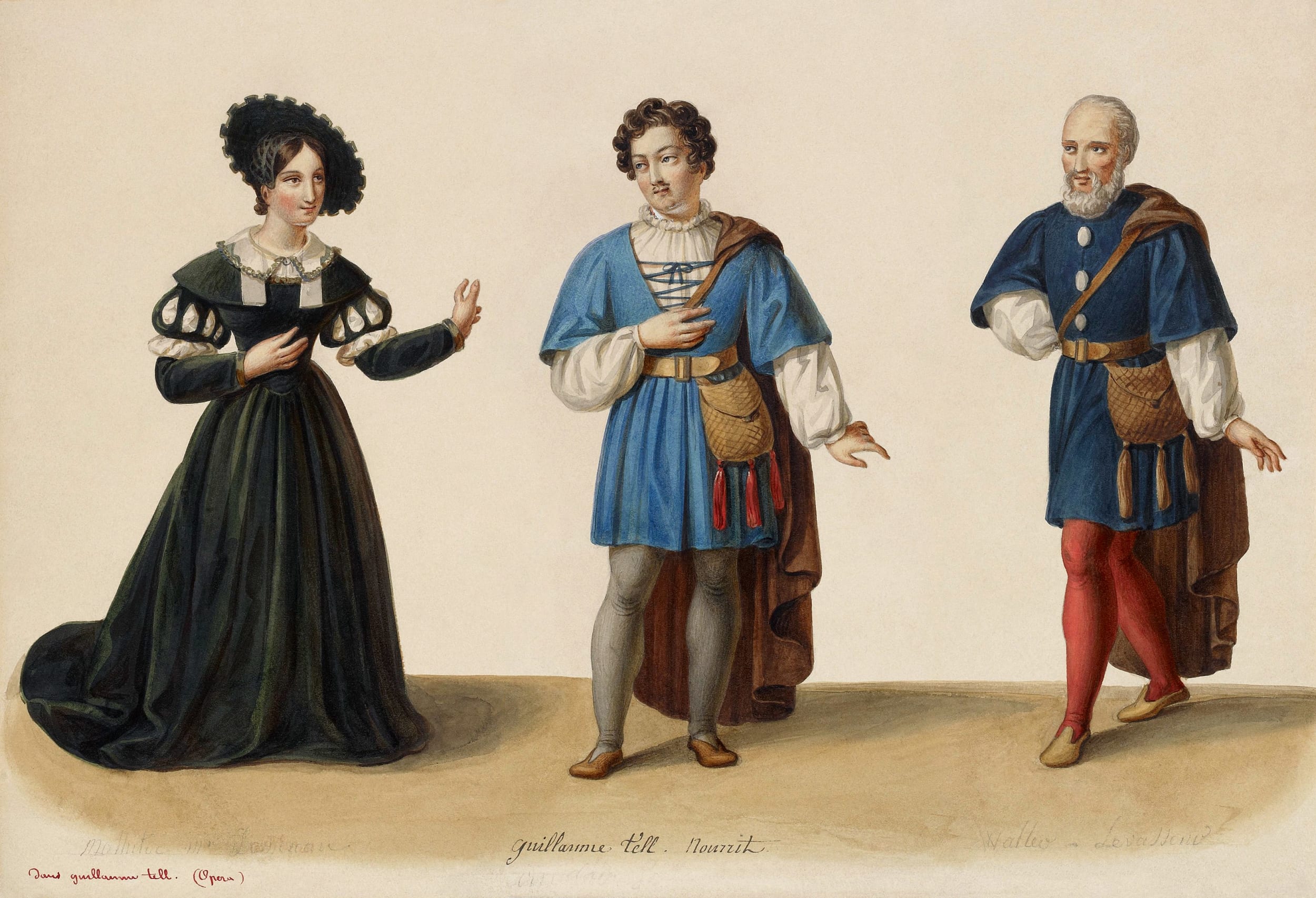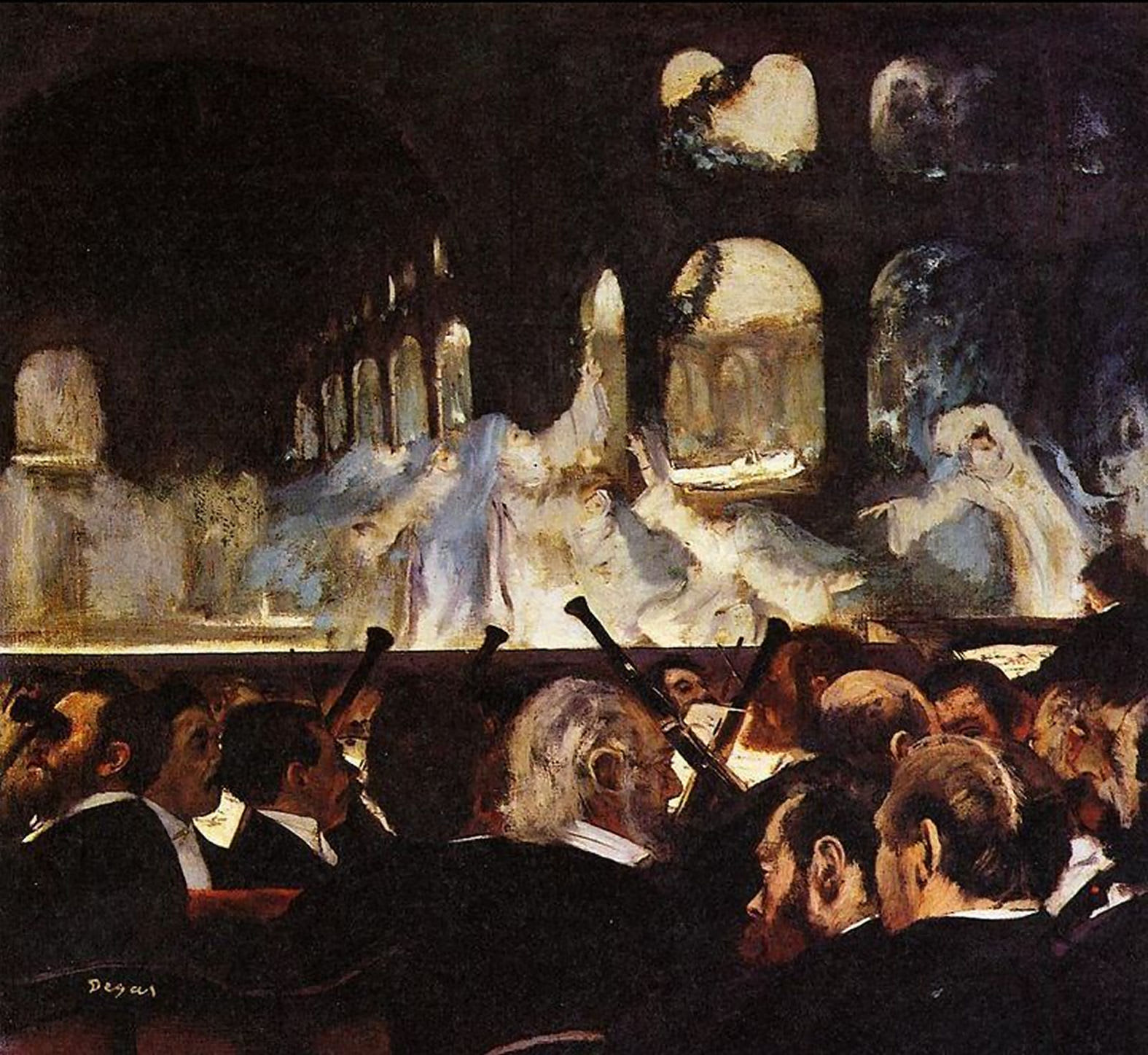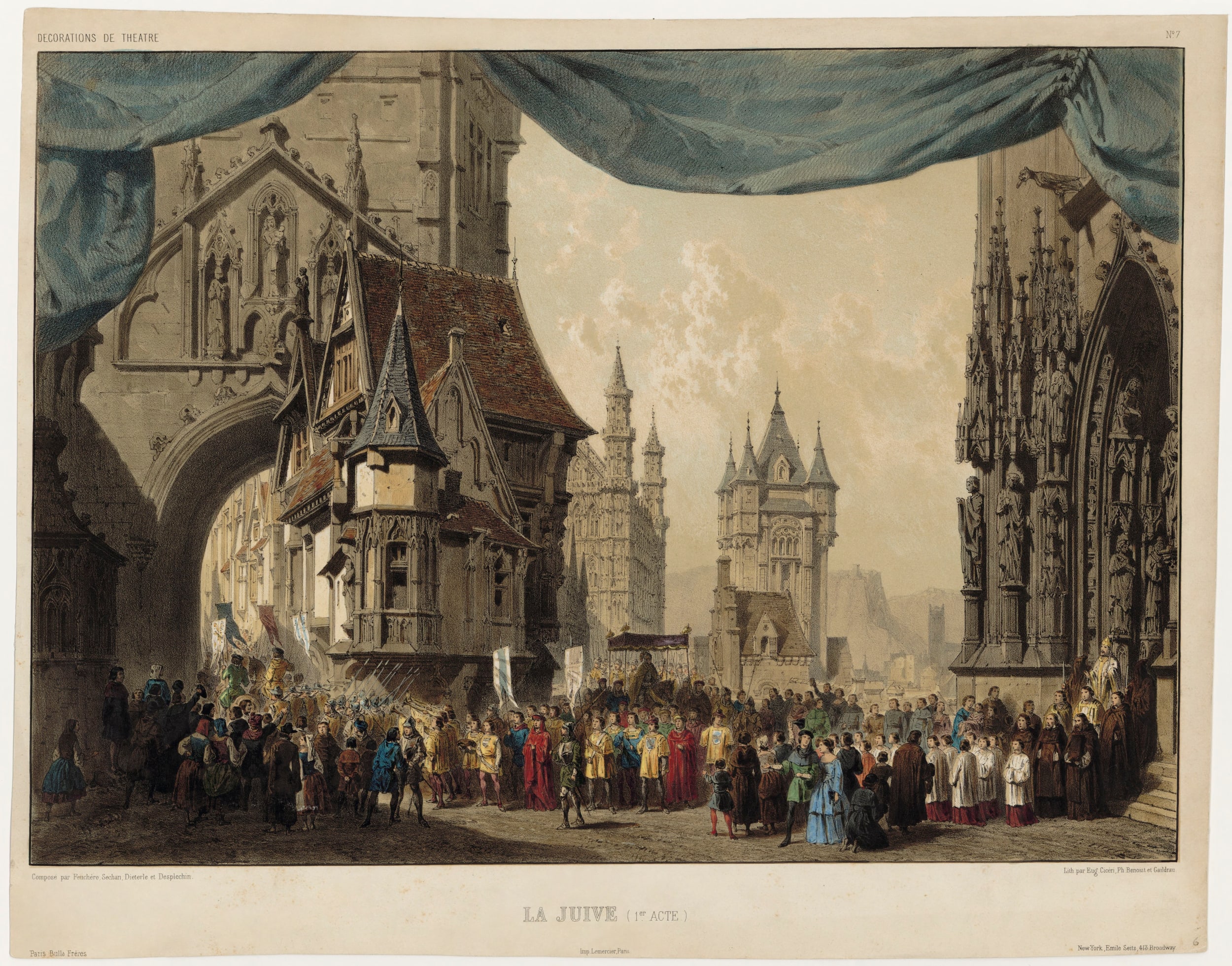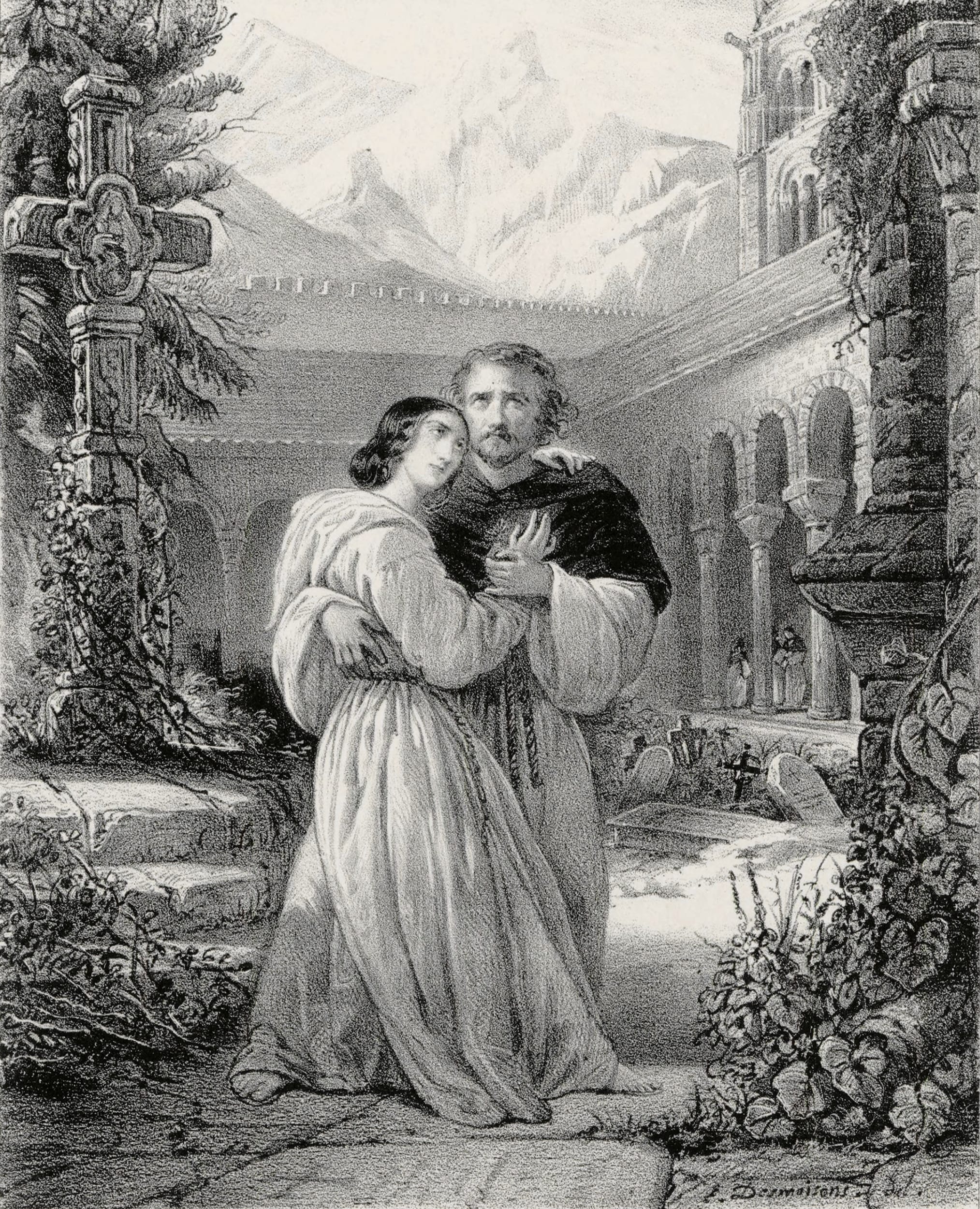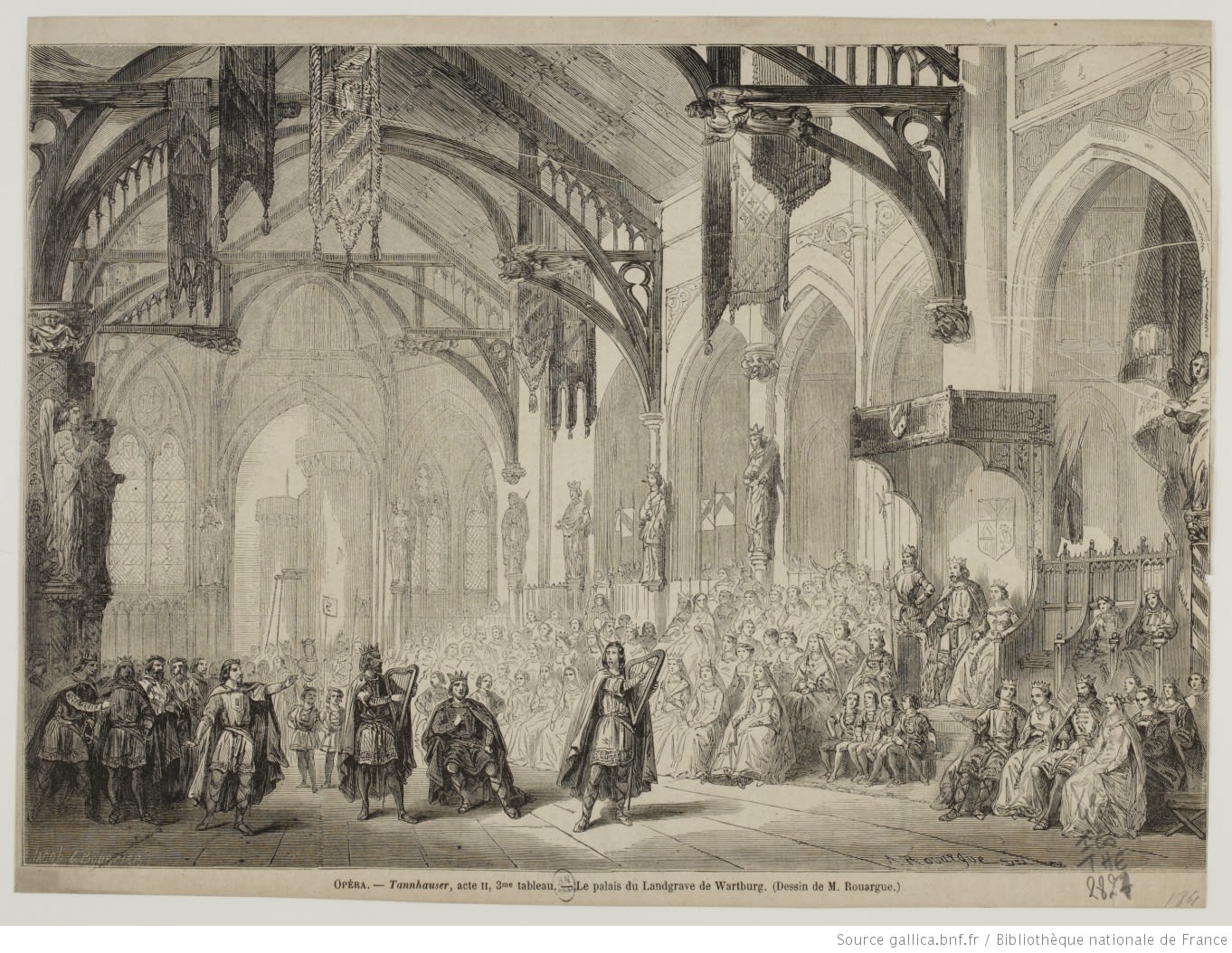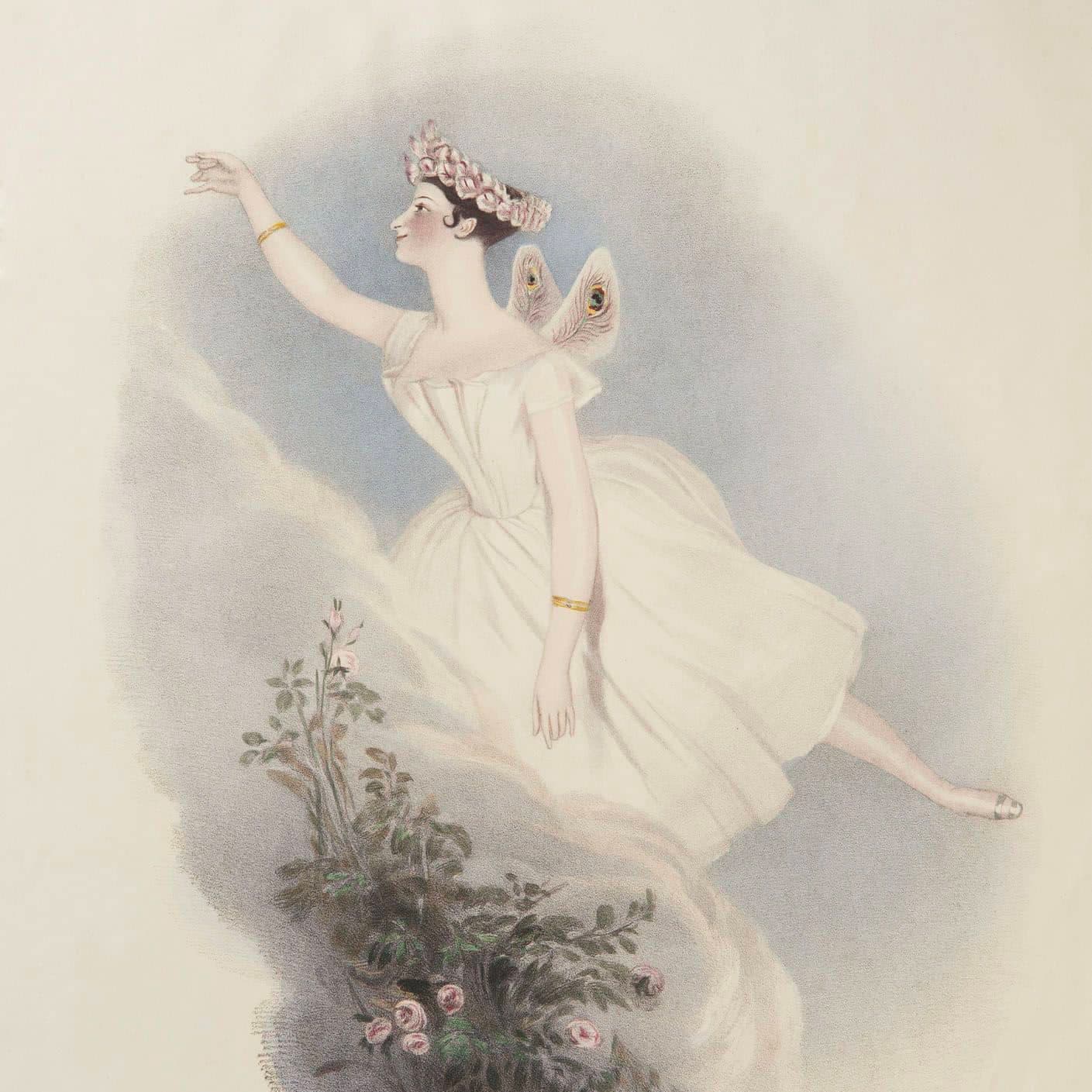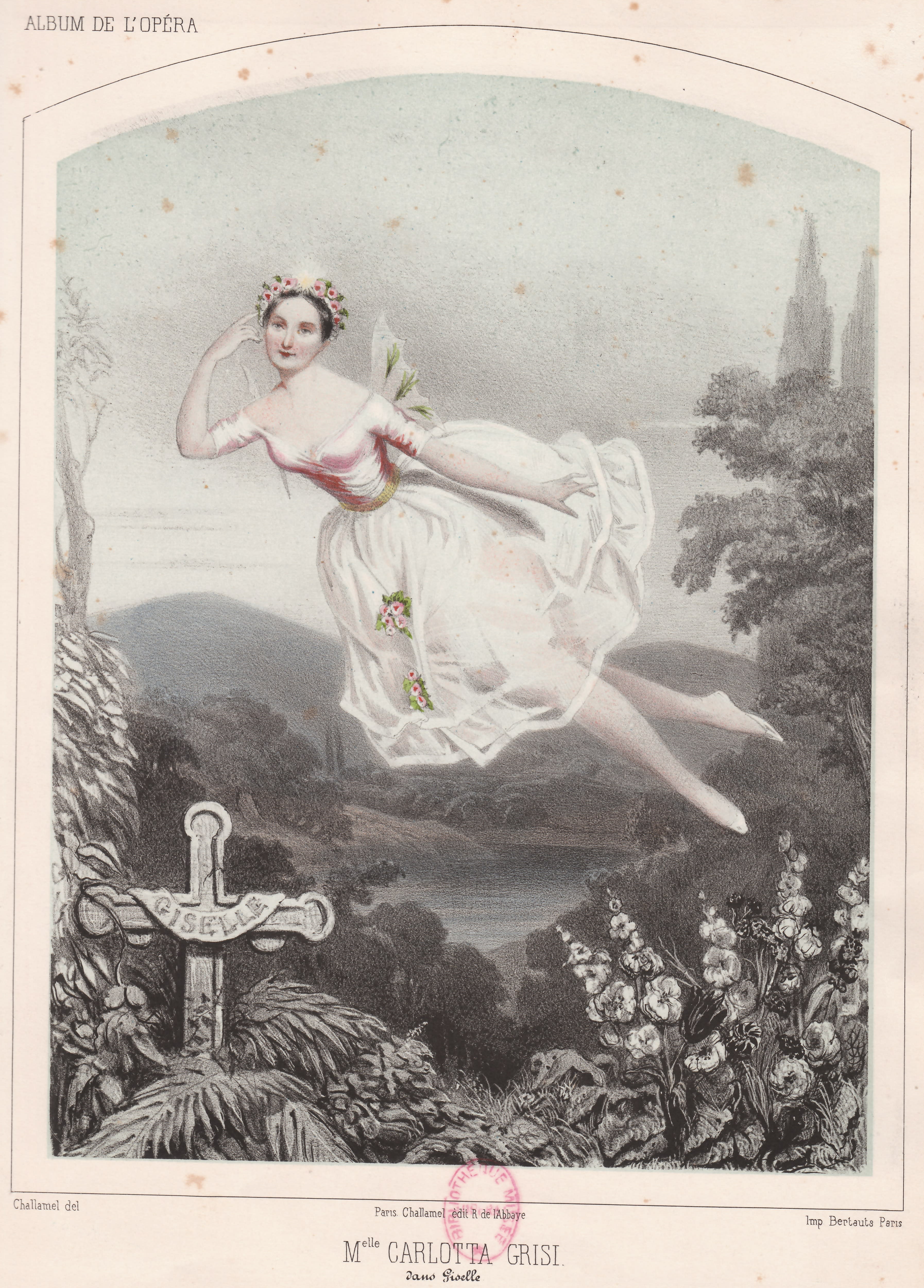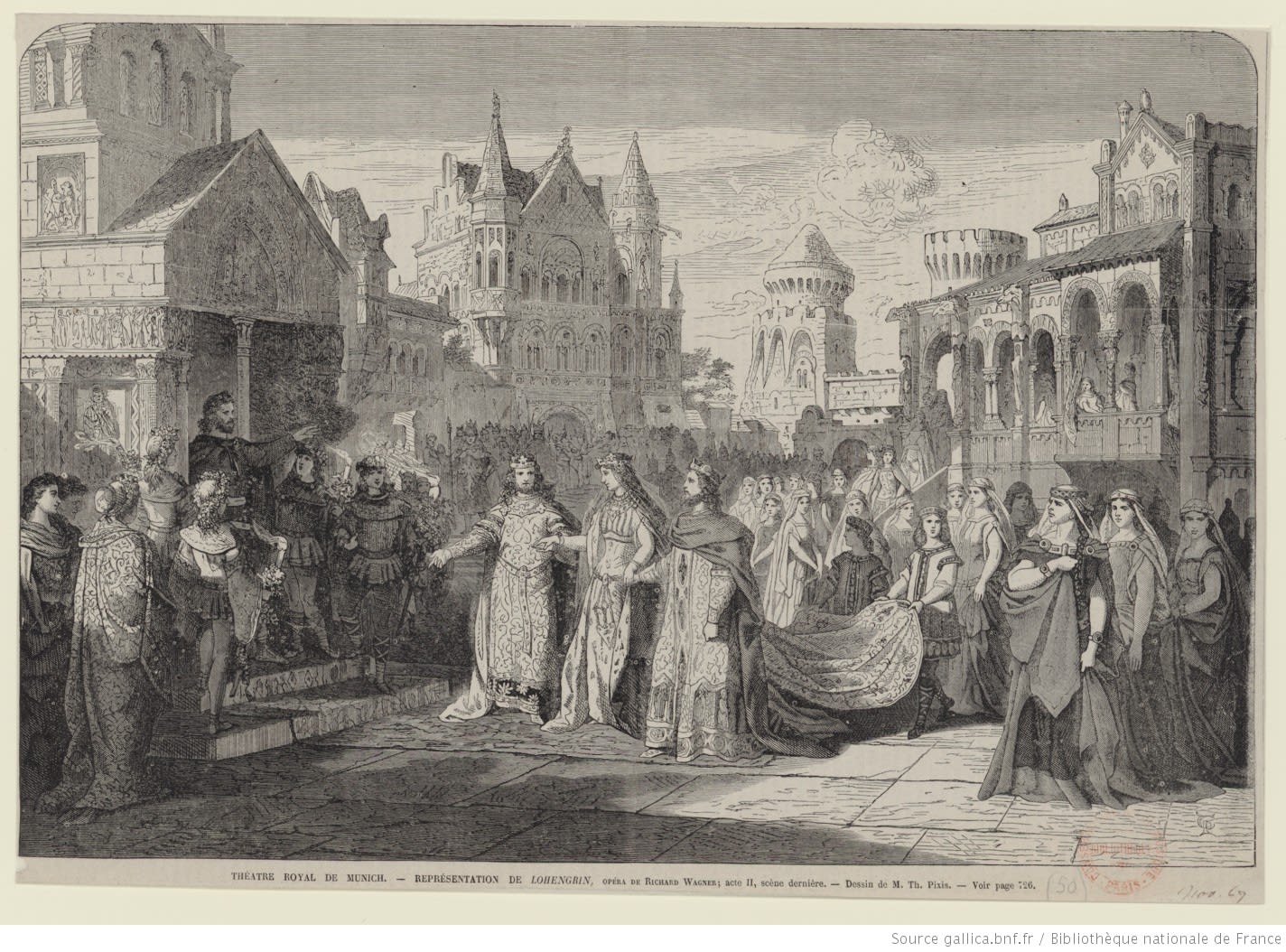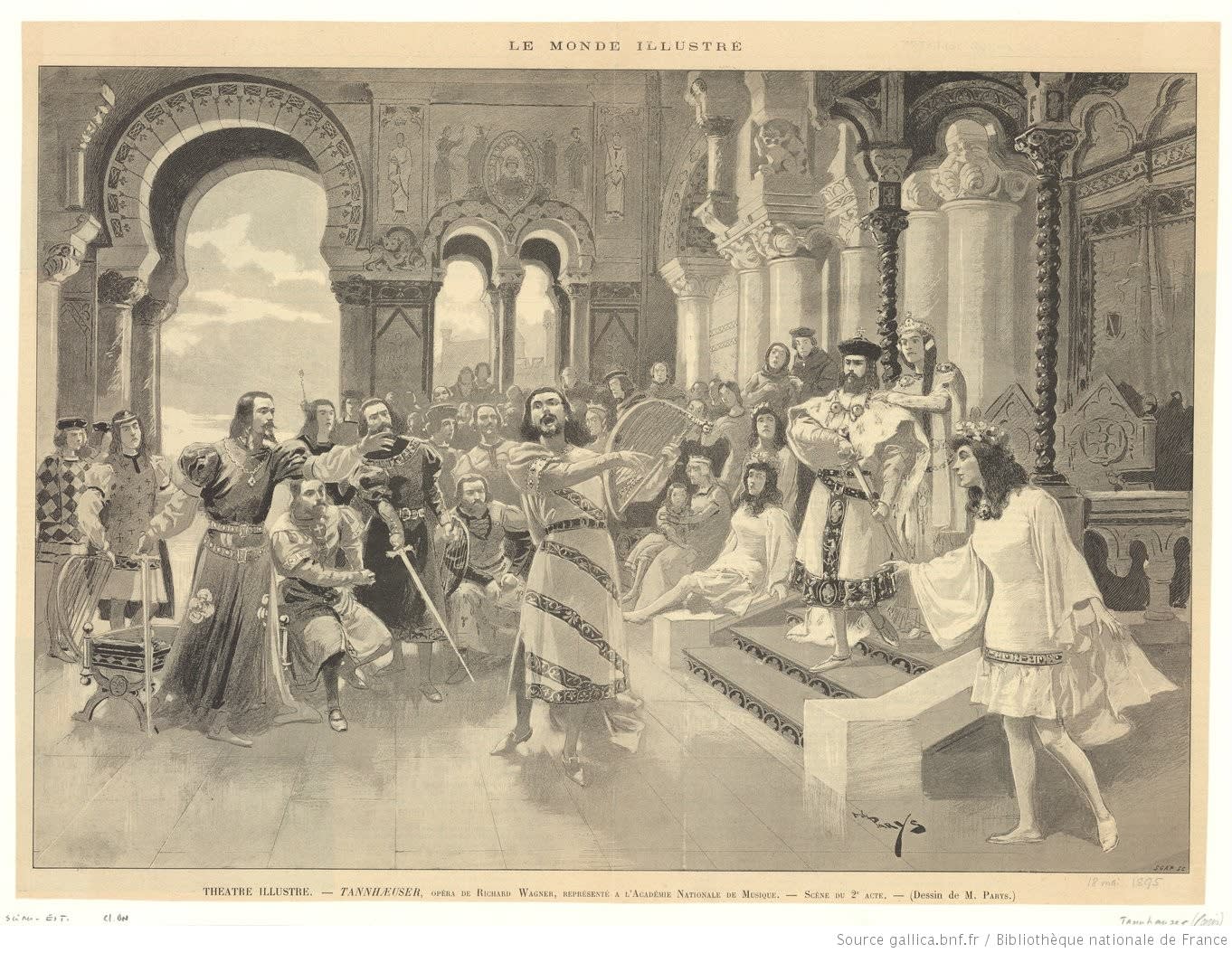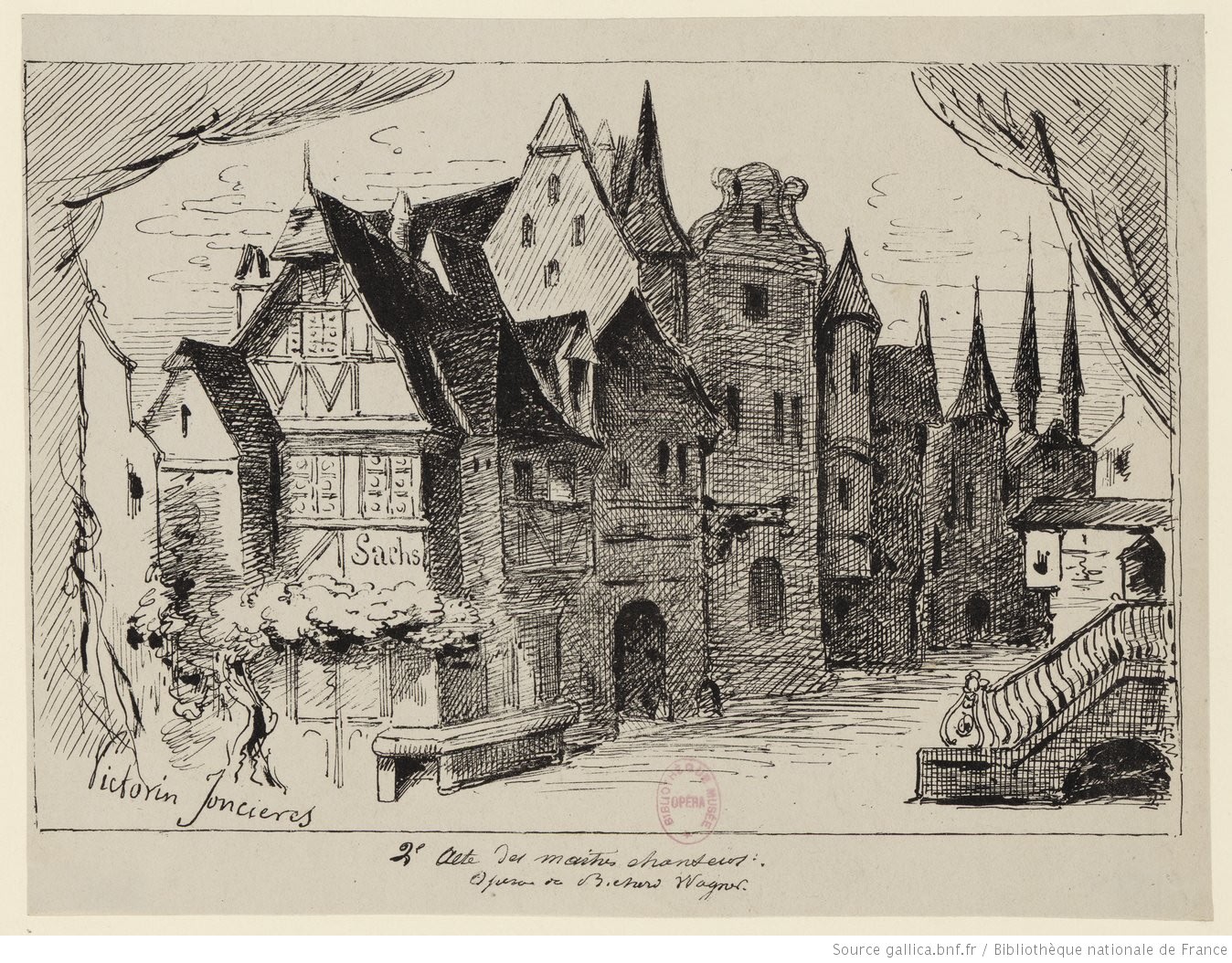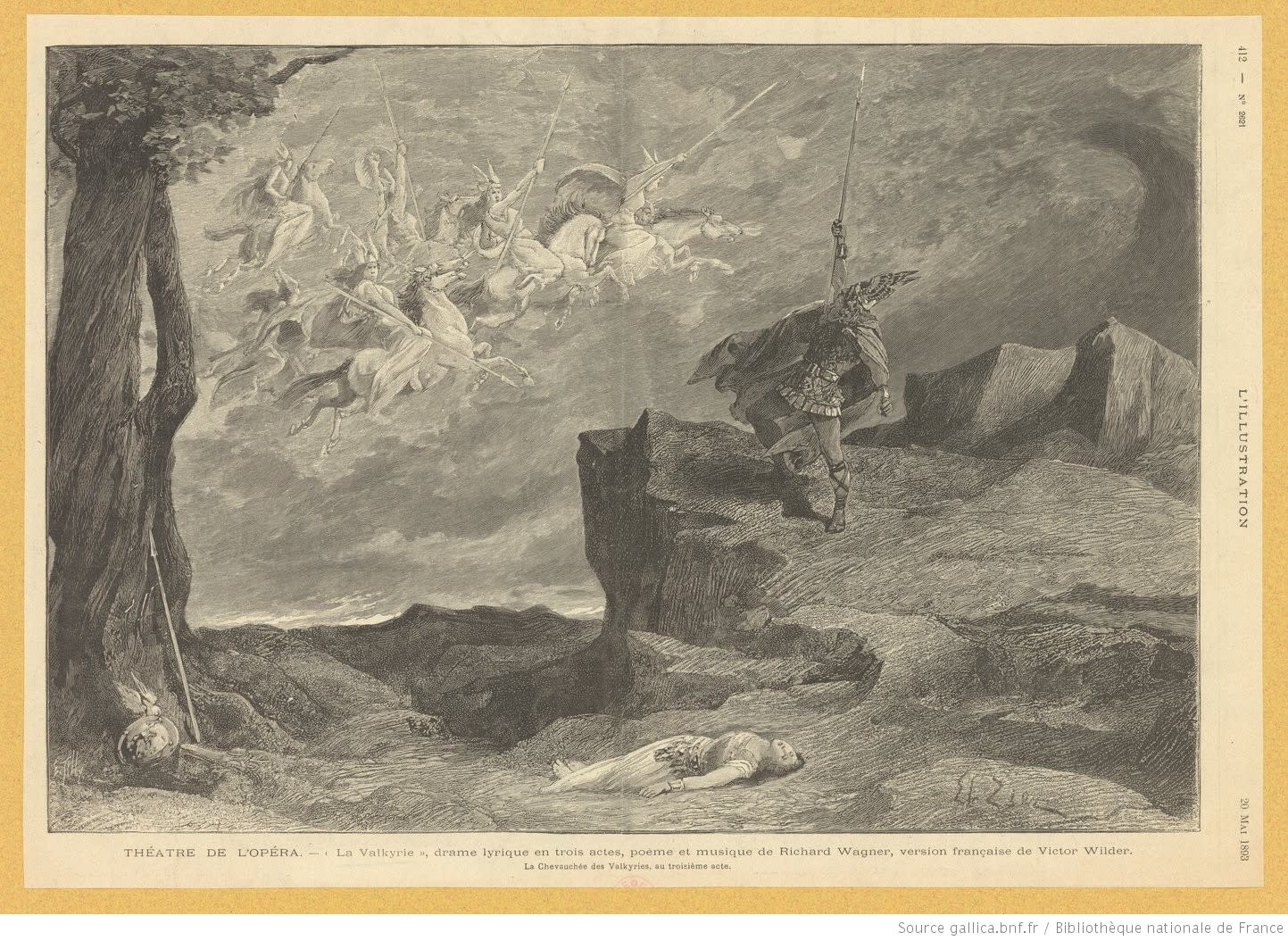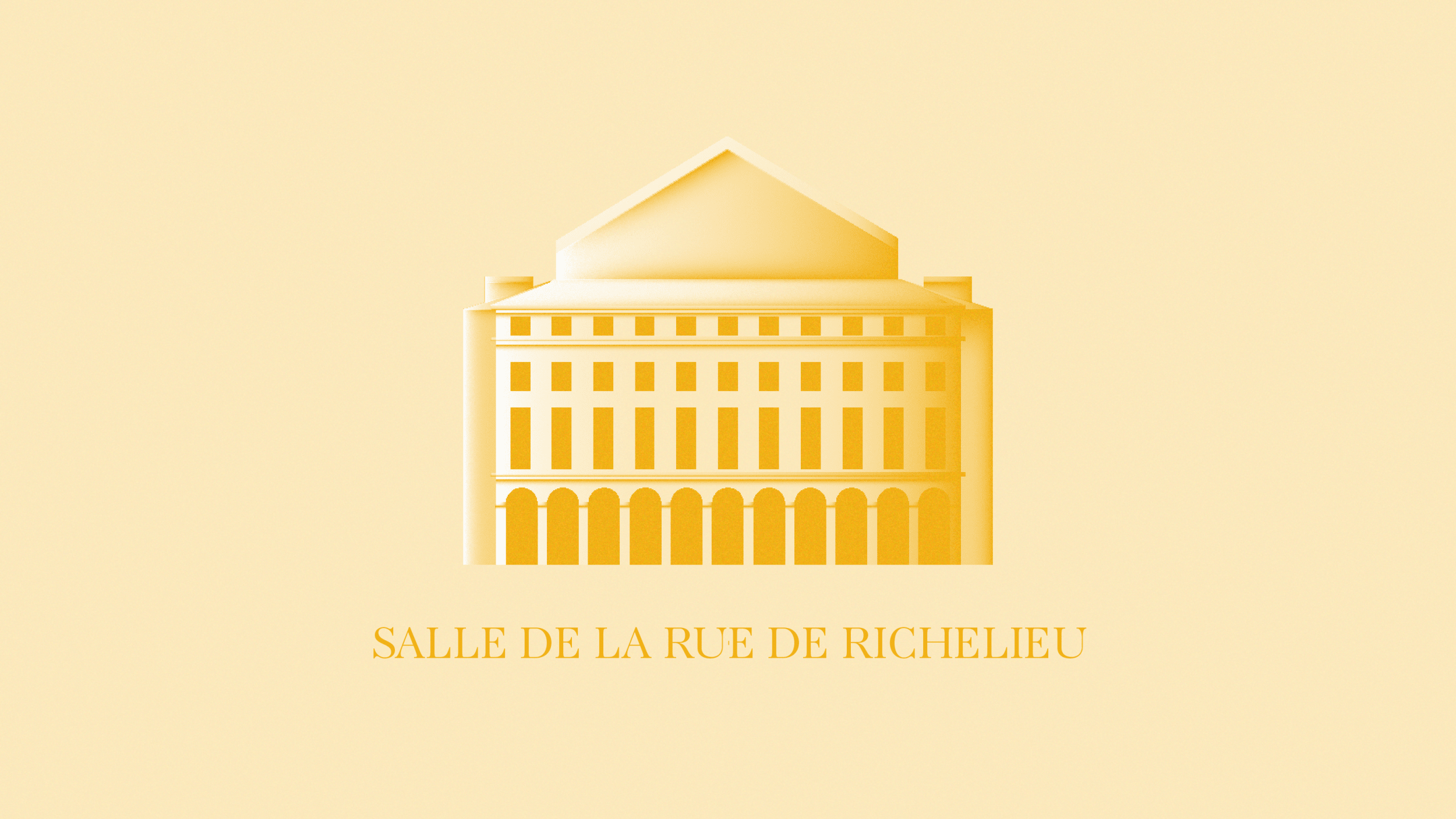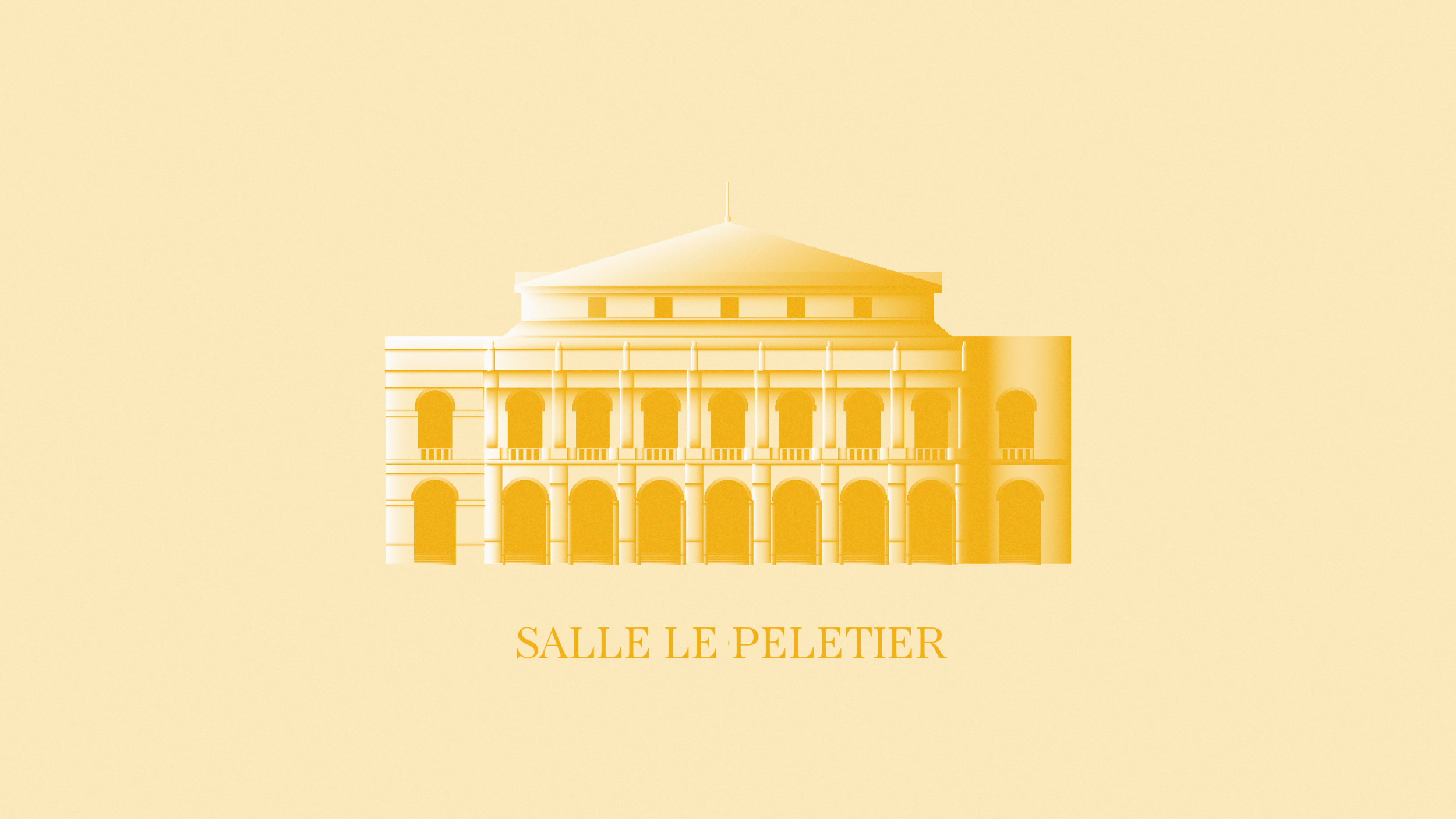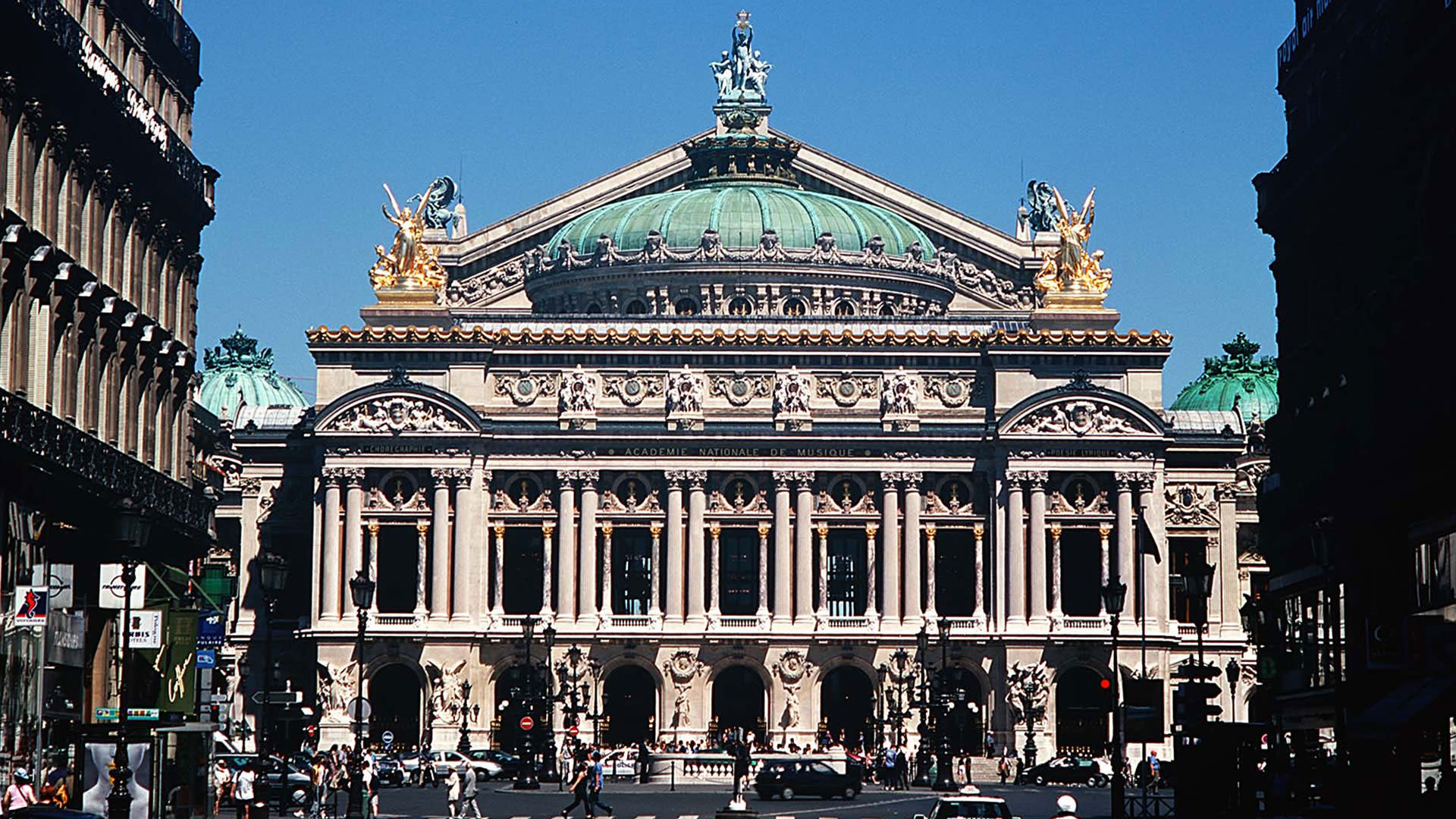Prices
Show / Event
Venue
Experience
No result. Clear filters or select a larger calendar range.
No show today.
From 1821 to 1873, the Opera settled in the theatre Le Peletier, where the Institution enjoyed a time of prosperity during which the French “Grand Opera” genre and the Romantic ballet blossomed. But a fire destroyed the Le Peletier hall, and so a new Opera House was inaugurated in 1875, called the Palais Garnier.
NapolEon Bonaparte
Napoleon Bonaparte used the Opera as a tool of propaganda and was anxious to monitor the Institution more closely. Not only did he reorganise and review himself the repertoire, but also he granted generous subsidies to the Opera. Gaspare Spontini’s La Vestale, created in 1807, is one of the successes of this Imperial time, mainly based on Gluck’s lyrical drama with typical Greek and deus ex machina themes. Dance and orchestra hold a central place in the work, the vocal style is close to the Bel Canto, and the stage effects are spectacular, in anticipation of the great French opera of the Romantic period.
L’Opéra de la rue Le Peletier
A few years after the fall of Napoleon, on 13 February 1820, the Duc de Berry, heir to the throne, was fatally stabbed in front of the Opera, then located in the Montansier Hall. Louis XVIII decided to destroy the theatre and the Opera moved to the Favart Hall before settling in a new temporary Hall, street Le Peletier, in 1821.
Salle Le Peletier - © Bibliothèque-musée de l'Opéra / BnF

This new theatre was equipped with a deep stage, a large stage housing and gas lighting, and gave to designers new conditions that had a strong influence on the operatic repertoire.
It was in this theatre of worldwide influence that the Grand Opera main masterpieces were created, such as Gioacchino Rossini’s Guillaume Tell (1829), Giacomo Meyerbeer’s Robert le Diable (1831) or La Juive by Jacques Fromental Halévy (1835), La Favorite by Gaetano Donizetti (1840), Giuseppe Verdi’s The Sicilian Vespers, or the French-language version of Richard Wagner’s Tannhäuser (1861).
For 50 years, the Opera became the centre of European musical as well as social life. The world of opera was painted by Edgar Degas or Édouard Manet, portrayed in literature by Honoré de Balzac or Alexandre Dumas and, there, reputations were made and broken.
ballet
Like opera, ballet enjoyed a period of great prosperity. Choreographer Philippe Taglioni staged La Sylphide, the first ballet entirely danced on pointe by his daughter Marie Taglioni. It was also in this ballet that costume designer Eugène Lami created the long, white tutus that became emblematic of Romantic ballet. With this work, the codes of the Romantic ballet were established: an impossible love, a structure in two acts, the last one being a "white ballet", the use of tutus and pointe shoes, and often a fantastic universe.
This fascinating atmosphere changed the Parisian artistic life: bourgeoisie came to meet the ballerinas at the Foyer de la danse, firing up the imagination of artists. The famous writer Théophile Gautier, for example, fell in love with ballerina Carlotta Grisi and wrote for her Giselle’s libretto, whose choreography was then set by Jules Perrot and Jean Coralli in 1841.
THE PALAIS GARNIER
But on 14 January 1858, a new assassination attempt was carried out in front of the Le Peltier theatre, against Emperor Napoleon III and his wife, Empress Eugénie. This failed attack, which was organised by the Italian revolutionaries led by Felice Orsini, put a definite end to the venue.
In 1860, an international competition was organised for the construction of a new opera house, which had to fit in the Haussmannian Paris of the late Second Empire. Of the 171 projects submitted, it was a 35-year old and unknown architect, Grand Prix de Rome winner, who was unanimously selected during the second phase of the competition.
The construction work lasted 15 years and was interrupted during the Franco-Prussian War of 1870. The Palais Garnier was inaugurated on 5 January 1875, under the presidency of Mac Mahon: and so, it was the French Republic which achieved a project initiated by the Empire.
This new venue, made of stones, marble and gold, was triumphantly welcomed. It was the monument rather than the performances that the public rushed to see. The Garnier became a model of the Italian theatre: both functional and flamboyant.
AN EVOLVING REPERTOIRE AT THE PALAIS GARNIER
This new opera Hhuse had been designed to answer the technical requirements of the Grand Opera: yet, this genre was living its last moments, despite the creation of Giuseppe Verdi's Don Carlos (1867), the first performances of Aïda at the Palais Garnier (1871), the creation of Henry VIII (1883) by Camille Saint-Saëns or Jules Massenet's Le Cid (1885) and Thaïs (1894). Ballet also started to decline.
Fresh air came with the Wagnerian repertoire, very en vogue in the beginning of the 1890s, a few years after the composer’s death. To please the audience, the directors Ritt and Gailhard staged Lohengrin, which entered the repertoire, in 1891. This triumph led to the first performances of Tannhäuser in 1895, Die Meistersinger von Nürnberg in 1897, and Die Walküre in 1893...
Unusual
On January 5, 1875, the Palais Garnier was inaugurated with great pomp in the presence of French President MacMahon and a large number of prestigious guests and critics from all over Europe.
But who was overlooked? Charles Garnier who, after having overseen the theatre’s construction for thirteen years, was obliged to pay 120 francs for his box in the second circle.

